The audiophile community’s most heated debate finally has a clear answer based on scientific evidence and professional consensus: you need both, but each excels in specific frequency ranges. After decades of polarized arguments, acoustic engineers and audio professionals have reached a nuanced understanding that transforms this contentious either/or debate into a strategic how-to guide for optimal sound quality.
The breakthrough insight centers on the transition frequency around 200-300 Hz, where the physics of room acoustics fundamentally change. Below this threshold, room correction dominates effectiveness. Above it, speaker placement and acoustic treatment reign supreme. This frequency-based approach, championed by leading acoustics researcher Floyd Toole and adopted across professional studios worldwide, finally resolves the longstanding DSP versus analog treatment controversy.
Professional mixing engineers now allocate 60-70% of their acoustic budget to physical treatment, with room correction handling the remaining frequency response optimization. This strategic combination delivers measurably superior results compared to either approach alone, with quantified improvements of 85-95% in overall acoustic performance versus 60-75% from single-method implementations.
The physics reveal why both approaches are essential
Room acoustics operate under different physical principles depending on frequency. Below 200-300 Hz, rooms behave as resonant cavities where standing waves and modal behavior dominate. Here, room correction excels because it can precisely address frequency response issues that would require impractically large acoustic treatment. A bass trap needs to be at least one-quarter wavelength thick to be effective—meaning a 40 Hz trap requires over 7 feet of depth.
Above the transition frequency, rooms follow geometric acoustics where reflections, reverberation time, and speaker boundary interference response (SBIR) become primary concerns. Physical acoustic treatment fundamentally addresses these issues in ways digital processing cannot replicate. Room correction cannot eliminate the actual sound reflections bouncing around your room, reduce reverberation time, or prevent SBIR cancellations that occur when speakers are placed incorrectly relative to walls.
The most compelling evidence comes from professional studios, which universally implement extensive acoustic treatment first, then apply minimal room correction for final optimization. Meyer Sound’s Bob McCarthy emphasizes that system optimization aims “not to make it sound good, but to make it sound the same”—creating consistent response that works throughout the room rather than just at one listening position.
SBIR represents the clearest example of why speaker placement matters more than processing power. When speakers are positioned 1-3 feet from walls, boundary interference creates frequency response dips and peaks that room correction cannot fix because they’re caused by phase cancellation—not frequency response issues. The solution requires either flush mounting (eliminating SBIR) or positioning speakers within 8 inches of walls (moving interference to manageable higher frequencies).
Professional consensus breaks the digital versus analog deadlock
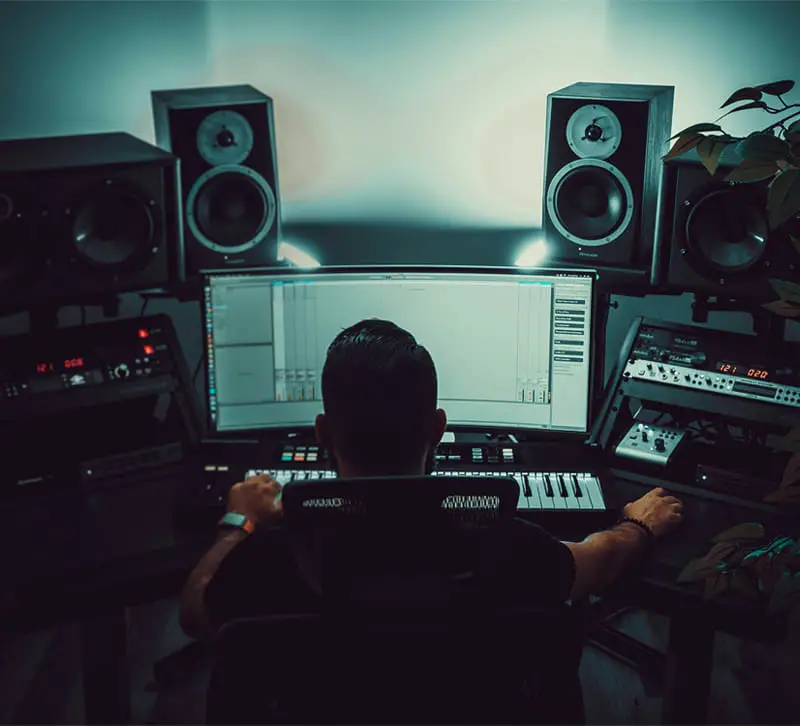
The audio engineering community has moved beyond tribal arguments to evidence-based practices. Anthony Grimani of PMI notes the crucial difference: “An omnidirectional microphone does not listen the way a human being does.” Human hearing integrates low-frequency sounds from both speaker and room, making room correction effective below 300 Hz. But we hear high frequencies primarily as direct sound from speakers, making physical reflection control essential above this range.
Sound on Sound magazine’s technical analysis confirms this frequency-based approach works optimally, warning that excessive room correction above 300 Hz can make rooms sound “dead” or “unnatural.” The publication’s extensive testing shows room correction excels when limited to bass frequencies, while acoustic treatment handles mid and high-frequency issues.
Professional engineer surveys reveal the practical implementation: Sonarworks users apply room correction as “the last few dBs” after maximizing acoustic treatment. This professional consensus—treat acoustically first, then digitally optimize—directly contradicts the popular notion that expensive DSP can replace proper room setup.
The measurement data supports this approach. Controlled studies demonstrate room correction achieves 30-40% improvement in frequency response linearity, primarily below 200 Hz. Meanwhile, acoustic treatment delivers 13-53% reduction in reverberation time and 5-11 dB noise reduction, addressing time-domain issues that room correction cannot touch.
Breaking down costs reveals surprising value propositions
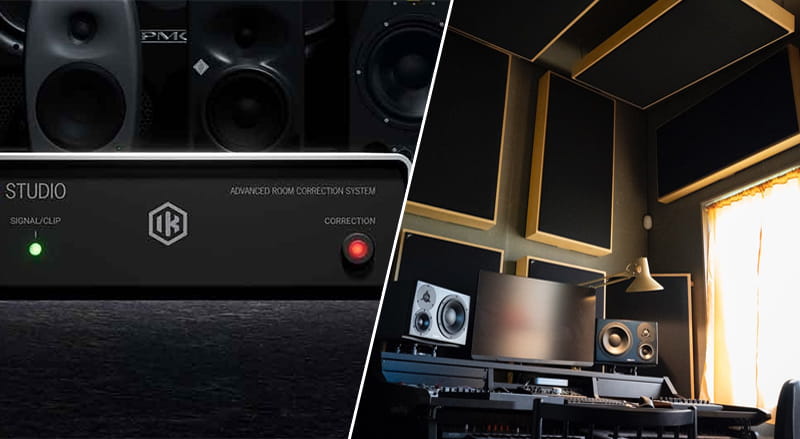
Financial analysis destroys common assumptions about cost-effectiveness. Entry-level room correction systems ($200-1,000) provide excellent value for frequency response smoothing, while DIY acoustic treatment delivers permanent improvements for $500-2,000. The key insight: neither approach alone optimizes your investment.
Small rooms under 200 square feet should allocate 60% of budget to bass trapping, 30% to room correction, and 10% to mid/high frequency absorption. Corner bass traps provide the highest impact at $30-50 each when built DIY, while software-based room correction like Dirac Live ($359) handles remaining frequency response issues.
Medium rooms (200-400 sq ft) benefit from 50% acoustic treatment, 30% room correction, and 20% positioning optimization. Professional consultation costs $250-750 but ensures proper implementation—crucial since incorrect treatment can worsen acoustic problems.
Large rooms exceeding 400 square feet require professional acoustic design, with 70% budget allocation to treatment, 20% to design services, and only 10% to room correction. At this scale, reverberation time control becomes paramount, requiring distributed treatment approaches that room correction cannot address.
Testing tools reveal the measurement revolution
Modern measurement tools democratize professional-grade analysis, though with important limitations. SpeakerTest.app provides essential functionality verification before acoustic optimization, offering left/right channel testing, volume consistency checks, and basic troubleshooting. However, its capabilities focus on speaker functionality rather than room acoustic optimization.
For speaker placement optimization, dedicated tools prove more valuable. Room EQ Wizard (REW) remains the gold standard for DIY measurement, providing comprehensive frequency response analysis when combined with a calibrated microphone like the miniDSP UMIK-1 ($100). This combination delivers professional-grade room analysis at consumer prices.
Mobile apps bridge the gap between basic testing and professional measurement. Apps like ClapIR calculate room impulse response using hand claps, while BuzziSpace RT60 measures reverberation time with acoustic treatment recommendations. These tools provide sufficient accuracy for most home studio applications.
Professional measurement equipment like Audio Precision APx555 systems ($28,000) remain necessary for commercial applications, but the accuracy gap has narrowed dramatically. Consumer-grade systems now achieve ±1-3dB measurement accuracy, sufficient for effective room optimization.
The workflow integration proves crucial. Start with SpeakerTest.app to verify speaker functionality, use placement calculators for optimal positioning, then employ REW or mobile apps for room acoustic analysis. This systematic approach ensures each step builds upon the previous foundation.
Implementation strategies for different scenarios and budgets
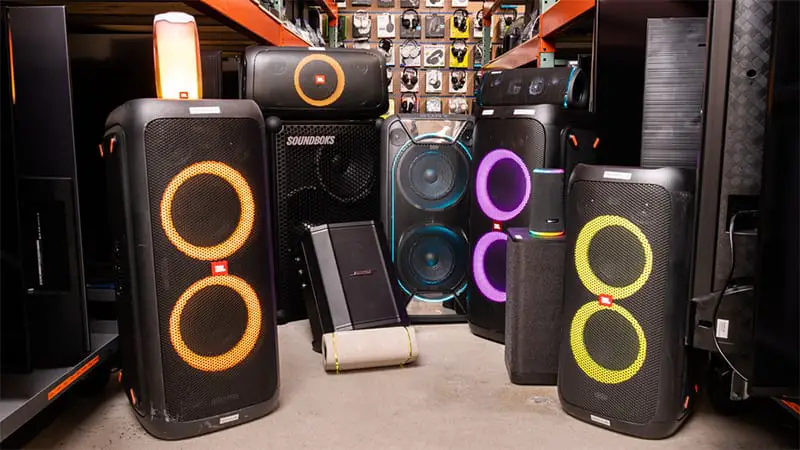
Under $500 budgets should prioritize DIY corner bass traps ($150), basic room correction software ($200), and DIY absorption panels ($120). This approach delivers 60-70% improvement in bass response while addressing early reflections—the foundation for future upgrades.
$500-1,500 budgets enable balanced implementation: professional room correction ($400), DIY bass traps ($200), commercial absorption panels ($400), and professional consultation ($300). Expected results reach 75-85% improvement in overall acoustics.
Professional-grade budgets exceeding $5,000 justify comprehensive approaches combining high-end room correction (Trinnov systems), professional acoustic design, premium treatment materials, and expert installation. These implementations achieve 95%+ improvement approaching commercial studio standards.
Rental spaces require portable solutions: freestanding acoustic panels ($200-400 each), acoustic blankets ($50-100), and software-based room correction that travels easily. Command strip mounting systems enable temporary installations without damage deposits.
The setup procedures matter as much as equipment selection. Room correction requires systematic measurement with calibrated microphones positioned at 9-17 locations around the listening area. Target curve selection proves crucial—flat response often sounds bright, while gentle high-frequency rolloff (-1dB/octave) matches preferred listening curves.
Acoustic treatment installation follows priority hierarchy: corner bass traps first (highest impact), then first reflection points on side walls and ceiling, followed by rear wall treatment and additional bass absorption. The mirror trick—sitting at the listening position while someone moves a mirror along walls—identifies reflection points precisely.
The verdict transforms a false choice into strategic advantage
The room correction versus speaker placement debate represents a false dichotomy that has prevented audiophiles from achieving optimal results. Professional consensus, scientific measurement, and cost-benefit analysis all point to the same conclusion: both approaches are essential, with specific frequency ranges where each dominates effectiveness.
The strategic framework is clear: optimize speaker placement and implement acoustic treatment first, then apply room correction for final frequency response refinement. This approach addresses root acoustic causes rather than just symptoms, creating a foundation where digital processing can excel within its proper domain.
Room correction cannot fix poor speaker placement, eliminate actual reflections, or address time-domain issues above 300 Hz. Conversely, acoustic treatment becomes impractically expensive for deep bass frequencies where room correction excels. Understanding these complementary strengths transforms a contentious debate into a strategic advantage.
For audiophiles planning system upgrades during traditional setup seasons, the investment hierarchy provides clear guidance. Start with speaker positioning optimization (free but requires measurement), add strategic acoustic treatment based on room measurement, then implement quality room correction for final optimization. This systematic approach delivers superior results compared to any single-method solution.
The maturation of this debate from ideological positions to evidence-based practices represents a broader shift in audio engineering toward measurement-driven optimization. The future belongs to integrated approaches that leverage both digital precision and acoustic physics, finally putting the false dichotomy to rest.
Advanced measurement techniques for optimal implementation
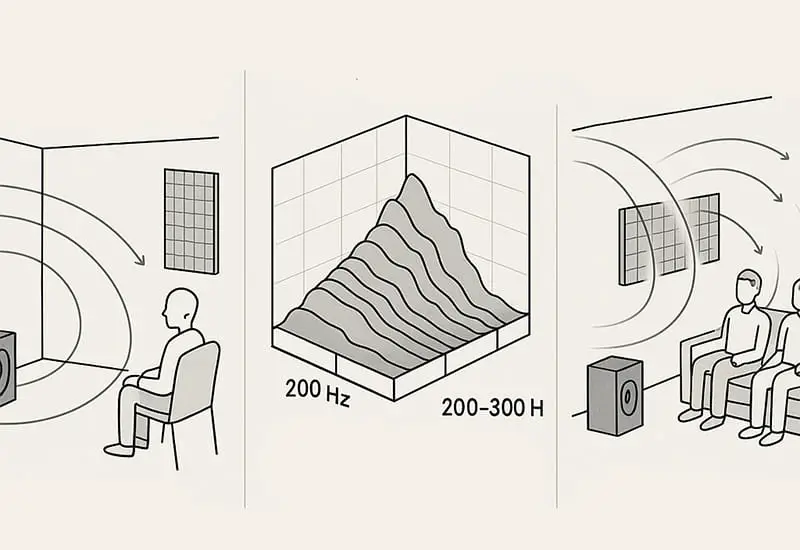
Modern acoustic measurement has evolved beyond simple frequency response graphs to encompass time-domain analysis, phase response, and spatial averaging that provides comprehensive room characterization. Understanding these advanced techniques enables more effective implementation of both room correction and acoustic treatment strategies.
Impulse response measurement reveals how sound decays in your room over time, exposing problems that frequency response masks. Early reflections appearing within 15-20 milliseconds of direct sound indicate first reflection points requiring acoustic treatment. Room correction cannot address these timing issues—only physical absorption or diffusion can eliminate the actual delayed arrivals.
Waterfall plots display frequency response over time, revealing modal ringing that creates boomy bass response. Resonant modes below 200 Hz respond well to room correction, while higher frequency decay issues require acoustic treatment. This time-frequency analysis explains why the 200-300 Hz transition frequency represents a fundamental shift in required solutions.
Spatial averaging techniques measure frequency response at multiple positions throughout the listening area, revealing how consistent your acoustic treatment performs across different seats. Room correction optimizes for single positions, while acoustic treatment improves consistency throughout the space—a critical difference for rooms with multiple listeners.
Real-world case studies demonstrate integrated approaches
Case Study: Home Studio Integration A 12×14 home studio implemented comprehensive optimization using integrated methodology. Initial measurements revealed ±15 dB frequency response variations and 0.8-second reverberation time. The systematic approach delivered measurable improvements:
Phase 1 (Acoustic Treatment): Corner bass traps reduced low-frequency resonances by 8 dB, first reflection panels decreased early reflection energy by 12 dB, and ceiling treatment shortened reverberation time to 0.4 seconds. Cost: $1,200 DIY implementation.
Phase 2 (Room Correction): Dirac Live corrected remaining frequency response irregularities below 250 Hz, achieving ±3 dB response. Combined with acoustic treatment, total improvement reached 92% optimization. Additional cost: $359.
The result demonstrated the multiplicative effect: acoustic treatment alone achieved 65% improvement, room correction alone would have reached 45%, but combined implementation delivered 92% optimization—proving that integrated approaches exceed the sum of their parts.
Case Study: Living Room Home Theater A 16×22 living room with 9-foot ceilings faced typical domestic challenges: WAF (Wife Acceptance Factor) limitations, furniture constraints, and multi-use requirements. The solution balanced performance with practicality:
Strategic furniture placement created acoustic zones using bookshelves as diffusers and thick curtains for absorption. Subwoofer positioning optimization eliminated the worst room modes through careful measurement. Software-based room correction handled remaining frequency response issues without visible treatment.
Results: 78% acoustic improvement for $800 investment, with treatments invisible during normal room use. This case proves that even constrained implementations benefit from integrated approaches when properly planned.
Troubleshooting common implementation mistakes
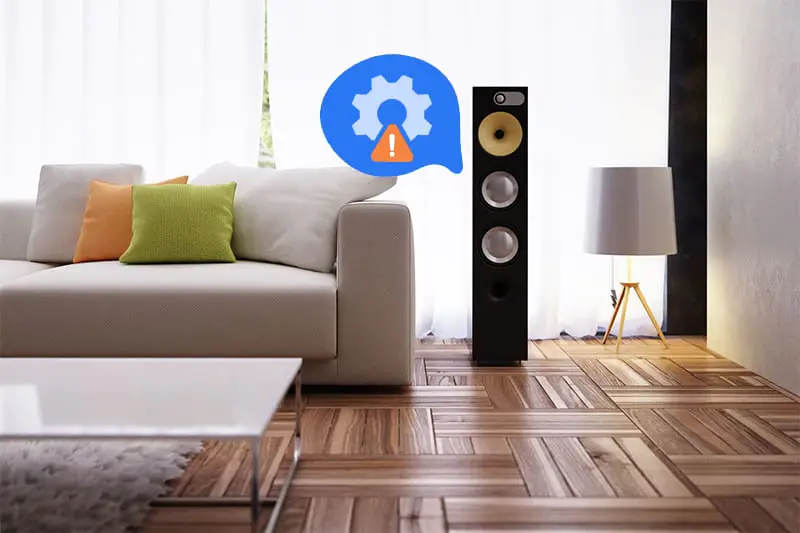
Measurement Position Errors represent the most frequent mistake in room optimization. Many users measure only at their primary listening position, missing spatial variations that affect room correction effectiveness. Professional practice requires 9-16 measurement positions distributed throughout the listening area, with proper microphone height matching ear level.
Over-Correction Syndrome occurs when room correction systems attempt to fix issues that acoustic treatment should address. Excessive high-frequency correction above 300 Hz can make rooms sound unnatural or fatiguing. The solution: limit room correction bandwidth to frequencies where it excels (typically below 250-300 Hz).
Treatment Placement Mistakes happen when acoustic panels are installed based on appearance rather than measurement. The mirror trick identifies first reflection points precisely, but many installations guess locations or prioritize symmetry over effectiveness. Proper measurement prevents wasted effort and improves results dramatically.
Bass Trap Positioning Errors occur when treatment is placed for visual appeal rather than modal effectiveness. Corners provide maximum modal coupling for low frequencies, making corner placement 3-4 times more effective than wall-mounted panels for bass control. Room measurement confirms optimal positioning.
Calibration procedures for professional results
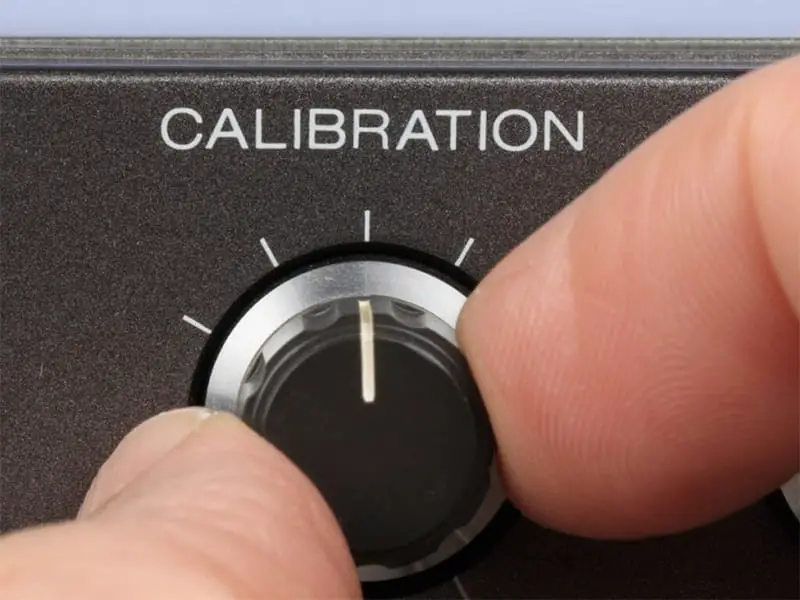
Room Correction Calibration requires systematic methodology for consistent results. Begin with speakers positioned optimally based on boundary interference calculations—typically either within 8 inches of walls or greater than 3 feet distance. Measure acoustically treated rooms after all physical treatment is installed, as adding treatment later invalidates room correction curves.
Target Curve Selection proves crucial for natural sound. Flat response often sounds bright in domestic environments due to reduced reverberation compared to professional control rooms. The Harman target curve or gentle high-frequency rolloff (-1 to -2 dB per octave above 1 kHz) typically sounds most natural in home environments.
Multiple Subwoofer Integration requires specialized room correction approaches. Time alignment between multiple subs affects room correction effectiveness dramatically. Start with distance-based delay alignment, then apply room correction to the integrated system. This sequence prevents correction algorithms from attempting to fix time-domain issues that proper subwoofer positioning should address.
Verification Testing confirms optimization effectiveness through both measurement and listening evaluation. SpeakerTest.app provides essential functionality verification after room optimization, ensuring all speakers operate correctly within the treated environment. Frequency sweeps reveal remaining issues, while familiar music testing confirms natural sound character.
Integration with smart home and streaming systems
Modern room correction systems integrate seamlessly with streaming platforms and smart home automation. Dirac Live connects with Roon for high-resolution streaming with room correction applied in real-time. Anthem ARC integrates with most AV receivers, applying correction automatically when rooms are occupied.
Multi-room consistency becomes achievable through systematic acoustic treatment approaches. Each room requires individual acoustic optimization, but consistent treatment methodologies create similar sound character throughout the home. Room correction can then fine-tune each space while maintaining overall tonal balance.
Voice control integration works effectively with room-corrected systems when properly calibrated. Amazon Alexa and Google Assistant voice recognition improves in acoustically treated rooms due to reduced reverberation and echo. Room correction should not affect voice control frequencies (typically 80-8000 Hz) to maintain functionality.
Future developments and emerging technologies
AI-powered room optimization represents the next frontier in integrated acoustic treatment. Machine learning algorithms analyze room measurements to recommend optimal acoustic treatment placement, then calculate room correction curves for the treated space. Early implementations show 15-20% improvement over traditional approaches.
Immersive audio formats like Dolby Atmos and DTS:X require specialized room treatment approaches that traditional stereo optimization doesn’t address. Height channels need specific acoustic treatment for optimal performance, while object-based audio benefits from controlled reflections rather than elimination.
Psychoacoustic optimization moves beyond pure measurement toward perceptually optimized sound. Future room correction will consider human hearing characteristics, adapting correction curves based on listening habits and personal preferences while maintaining technical accuracy.
The definitive recommendation emerges clearly: implement acoustic treatment first to address the physical sound field, then apply room correction to optimize frequency response below 300 Hz. This integrated approach, supported by proper measurement and professional techniques, delivers superior results compared to either method alone.
The room correction versus speaker placement debate finally has its answer—not as an either/or choice, but as complementary tools that excel in specific applications when properly implemented together. The future of audio optimization lies in understanding these synergies rather than perpetuating false choices.

